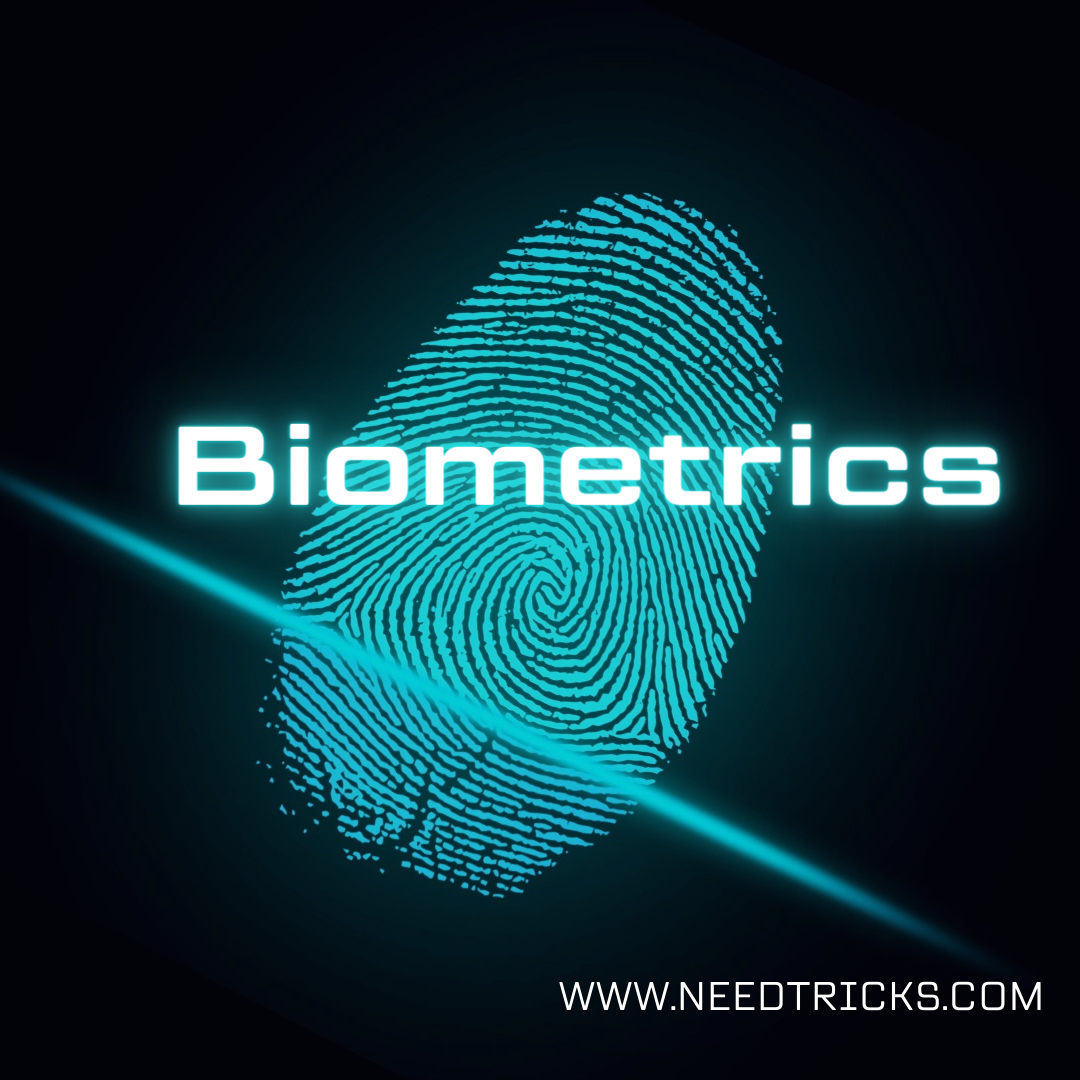Biometrics | Enhancing Security and Convenience in the Digital Age. In the digital age, we are constantly sharing our personal information online. We use passwords, PINs, and security questions to protect our data, but these methods are often not foolproof. Biometrics offers a more secure and convenient way to verify our identities.
Biometrics | Enhancing Security and Convenience in the Digital Age
In this blog, we will explore the technology behind biometrics, its uses, benefits, and potential concerns.
What is Biometrics?
- Biometrics is the use of unique biological and behavioral characteristics to identify individuals.
- These traits can include fingerprints, facial features, iris patterns, voice patterns, and even the way a person walks or types on a keyboard.
- Biometric identification systems use these traits to verify a person’s identity.
Types of Biometric Systems
There are different types of biometric systems used for identification and authentication, including:
- Fingerprint Recognition: This is the most widely used biometric system. It works by analyzing the unique ridges and patterns on a person’s fingertips.
- Facial Recognition: This system uses computer algorithms to analyze and compare facial features.
- Iris Recognition: This system uses a camera to take a high-resolution image of a person’s iris, which contains unique patterns and colors.
- Voice Recognition: This system analyzes a person’s voice patterns, including tone, pitch, and frequency.
- Behavioral Biometrics: This system analyzes a person’s unique behaviors, such as the way they type on a keyboard or hold a mouse.
Uses of Biometric Systems
Uses of Biometric Systems
- Access Control: Biometric systems are used to control access to buildings, rooms, and data centers.
- Border Control: Biometric systems are used to verify the identity of travelers at airports and border checkpoints.
- Banking: Biometric systems are used to verify the identity of customers during online transactions and to prevent fraud.
- Healthcare: Biometric systems are used to verify the identity of patients and to keep track of medical records.
Benefits of Biometric Systems
- Enhanced Security: Biometric systems provide a more secure way to verify identities compared to traditional methods such as passwords and PINs. Biometric traits are unique to each individual, making it difficult for someone to impersonate another person.
- Convenience: Biometric systems eliminate the need to remember passwords and PINs, making it easier and faster to access data.
- Accuracy: Biometric systems have a high degree of accuracy in identifying individuals, reducing the risk of false positives and false negatives.
Must Read: Mastering the Basics of Networking
Potential Concerns
While biometric systems offer many benefits, there are also potential concerns that need to be addressed. These include:
- Privacy: Biometric data is personal and sensitive, and there is a risk that it could be misused or shared without consent.
- Security: Biometric data needs to be stored and transmitted securely to prevent it from falling into the wrong hands.
- Bias: Biometric systems may be biased against certain groups of people, such as those with darker skin tones or disabilities.
Conclusion
Biometric systems offer a more secure and convenient way to verify identities in the digital age. They have a wide range of uses in various industries, including access control, banking, and healthcare. However, there are also potential concerns around privacy, security, and bias that need to be addressed. As biometric technology continues to evolve, it is important to ensure that it is used ethically and responsibly to protect individuals’ privacy and rights.




